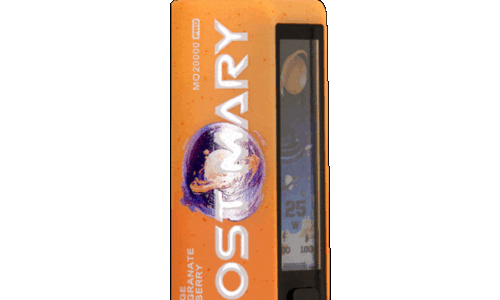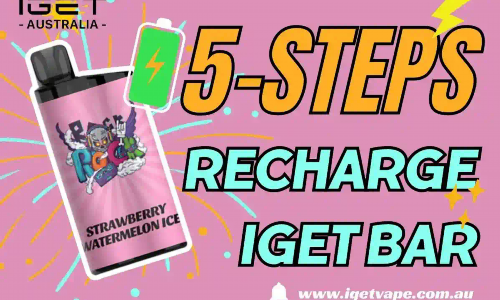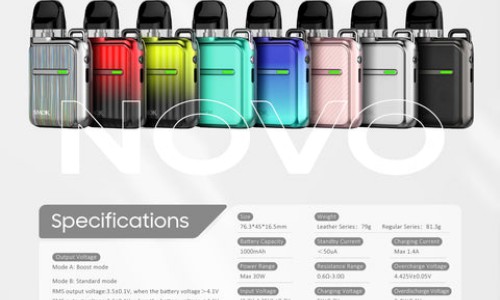
The History of Vaping: From Invention to Today
Introduction to Vaping Devices
The evolution of vaping has transformed the landscape of smoking alternatives since its inception. Considered a new frontier in tobacco consumption, vaping devices have gained prominence due to their perceived safety and variety of flavors. As the public begins to better understand the devices and technologies behind vaping, significant milestones in their history help illuminate how they became a formidable alternative to traditional smoking.
Origins of Vaping
The concept of vaping dates back to the 1960s, initiated by Herbert Gilbert, who filed a patent for a smokeless non-tobacco cigarette. Although his device was never commercialized, it laid the groundwork for future innovations in the field. Years later, in 2003, Chinese pharmacist Hon Lik created the first modern e-cigarette, which effectively vaporized liquid nicotine. This innovation catalyzed an explosion in interest and development within the vaping community.

Rise of E-Cigarettes
By the late 2000s, the e-cigarette market began to flourish as companies started manufacturing devices that appealed to smokers looking for alternatives. Major brands like Blu and NJOY emerged, gaining traction in the United States and beyond. These early e-cigarettes were simple devices that utilized disposable cartridges filled with flavored liquid. The rise of e-cigarettes brought awareness and visibility to vaping, attracting a consumer base that favored a less harmful smoking option.
Diverse Vaping Options
As the demand for vaping grew, the industry expanded its product offerings to include a variety of devices, each tailored to different preferences.
Pod Systems
quickly gained popularity for their compact design and ease of use, providing an appealing entry point for new users. In contrast,
Box Mods
, with their adjustable settings, cater to enthusiasts seeking a personalized vaping experience. This diversity allows users to choose devices that best fit their lifestyle, whether they prefer discreet or high-performance options.
Flavor and Innovation
The introduction of flavored e-liquids revolutionized the vaping market. Users could select from an extensive range of flavors, from fruity to dessert-inspired options. This wide array of choices significantly contributed to the appeal of vaping, especially among younger demographics. Additionally, advancements in technology have led to
sub-ohm vaping
, enabling users to produce higher vapor clouds and intensify their flavor experience.
Health Implications and Regulation
Despite the growing popularity of vaping, health concerns surrounding its safety have been a focal point in public discourse. Early studies suggested that e-cigarettes could be a safer alternative to traditional smoking; however, recent investigations into the long-term effects of vaping have raised questions. This prompted health organizations and government agencies to impose regulations on e-cigarette sales, particularly regarding marketing practices targeted at minors. The need for oversight reflects the responsibility of manufacturers to ensure consumer safety while fostering innovation.
The Role of Vaping in Smoking Cessation
Vaping has emerged as a potential tool for smoking cessation, with many ex-smokers claiming that e-cigarettes helped them transition away from tobacco. Some studies indicate that while vaping may not be devoid of risks, it is still less harmful than conventional cigarettes. The role of vaping in smoking cessation continues to be analyzed, as public health experts seek to understand the motivations of smokers who choose to switch to e-cigarettes.
The Future of Vaping
Looking ahead, the future of vaping appears to be shaped by ongoing technological advancements and evolving public perceptions. As manufacturers strive to develop safer and more efficient vaping devices, consumers can expect a continued influx of innovative products. Furthermore, with the increasing interest in health and wellness, the introduction of
THC and CBD-infused oils
may soon alter the vaping landscape, attracting new users seeking alternative therapeutic benefits.
Conclusion
The journey of vaping reflects a complex interplay of invention, consumer demand, and public health considerations. From its modest beginnings to its current status as a global phenomenon, vaping represents a distinctive chapter in the history of tobacco alternatives. As our understanding of vaping deepens, it will remain imperative to foster a balance between innovation and safety to protect public health while addressing the needs of users.


